Apples are one of the most popular fruits in the world, and they come in a wide range of varieties.
However, the rootstock on which the apple tree is grown can have a significant impact on the growth and productivity of the tree.
The rootstock influences the size, precocity, cold hardiness, and disease resistance of the apple tree. Different rootstocks have different characteristics and produce trees of different sizes, ranging from very dwarf to standard.
The size of the tree affects how much space it needs, how easy it is to prune and harvest, and how much yield it produces.
There are many different types of apple rootstocks, each with its own unique characteristics and benefits. In this blog post, we will explore some of the most common apple rootstocks and what makes them unique.
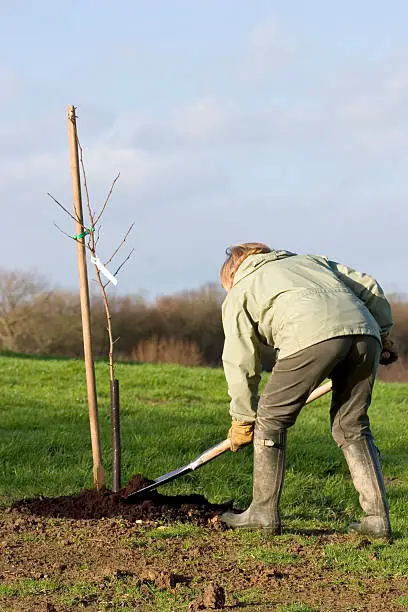
Malling-Merton (M) series
- The M series of apple rootstocks was developed in the UK and is widely used around the world. They are known for their vigorous growth, adaptability to different soil types, and resistance to diseases such as fire blight and woolly apple aphids. Some popular M-series rootstocks include M7, M9, M26, and M27.
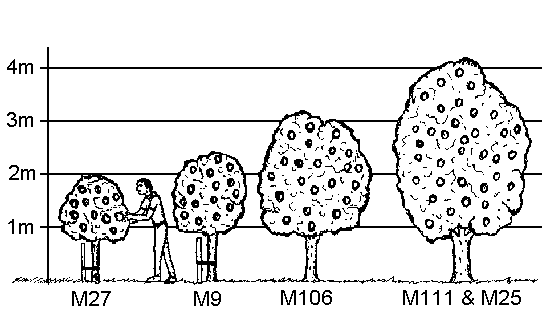
Geneva (G) series
- The Geneva series of apple rootstocks were developed in the United States and are commonly used in North America. They are known for their dwarfing characteristics, which makes them ideal for backyard orchards or high-density plantings. Some popular G-series rootstocks include G30, G41, G210, and G935.
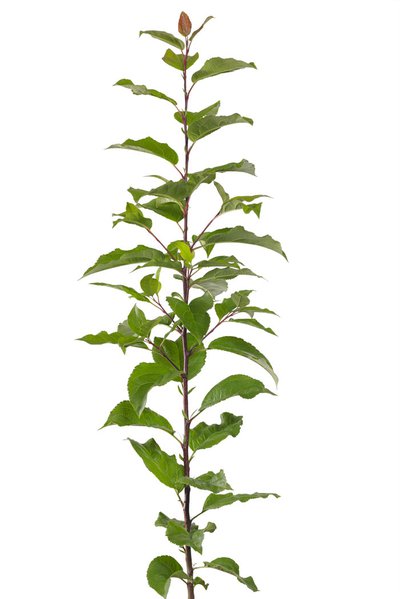
Budagovsky (B) series
- The Budagovsky series of apple rootstocks were developed in the former Soviet Union and are used extensively in Eastern Europe and Russia. They are known for their cold hardiness, resistance to drought, and adaptability to a wide range of soils. Some popular B-series rootstocks include B9, B118, B491, and B481.
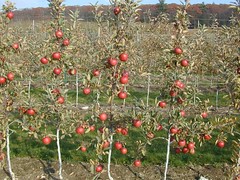
Mark (MM) series
- The Mark series of apple rootstocks were developed in Germany and are known for their strong resistance to soil-borne diseases such as Phytophthora and crown rot. They are also resistant to fire blight and woolly apple aphids. Some popular MM-series rootstocks include MM106, MM111, and MM7.
Pajam (P) series
- The Pajam series of apple rootstocks were developed in France and are known for their dwarfing characteristics, similar to the Geneva series. They are resistant to fire blight, woolly apple aphids, and crown rot, making them a popular choice for backyard orchards. Some popular P-series rootstocks include P22, P2, P18, and P16
In addition to these main categories, there are also many other apple rootstocks available, each with its own unique characteristics and benefits. When choosing an apple rootstock, it is important to consider factors such as soil type, climate, disease resistance, and tree size.
Final Thoughts
Consulting with a local nursery or agricultural extension office can be helpful in selecting the right rootstock for your particular needs.
When choosing a rootstock for your apple tree, you need to consider your available space, your desired tree size and shape, your soil type and quality, your climate conditions, and your preferred maintenance level.
You also need to make sure that the scion variety is compatible with the rootstock you choose.
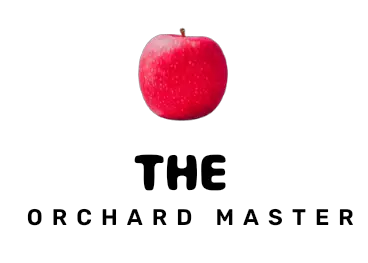
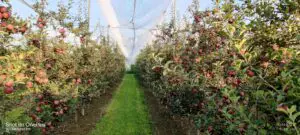
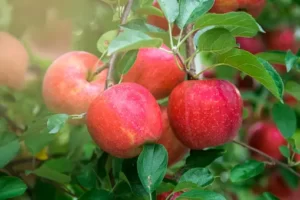
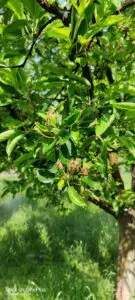
Pingback: How to Tackle Root Rot in Apple Trees - The Orchard Master
Pingback: How to Prevent and Treat Alternaria Disease in Apple Trees - The Orchard Master